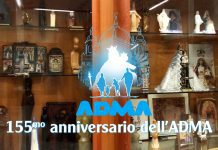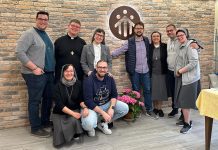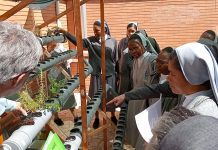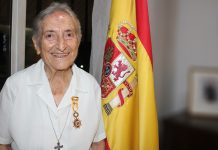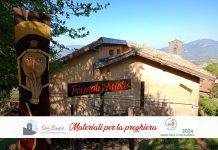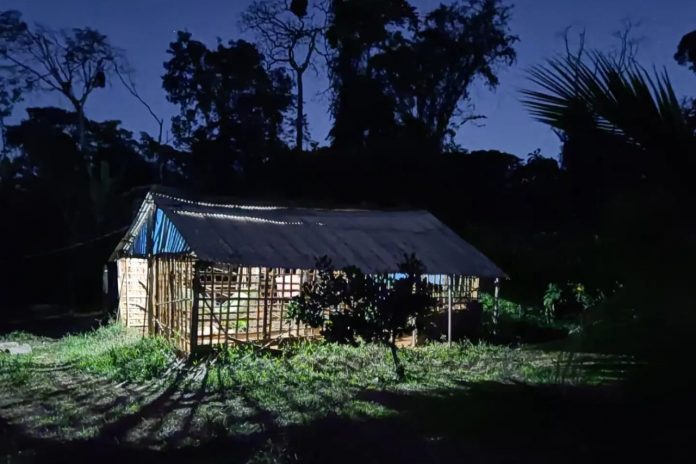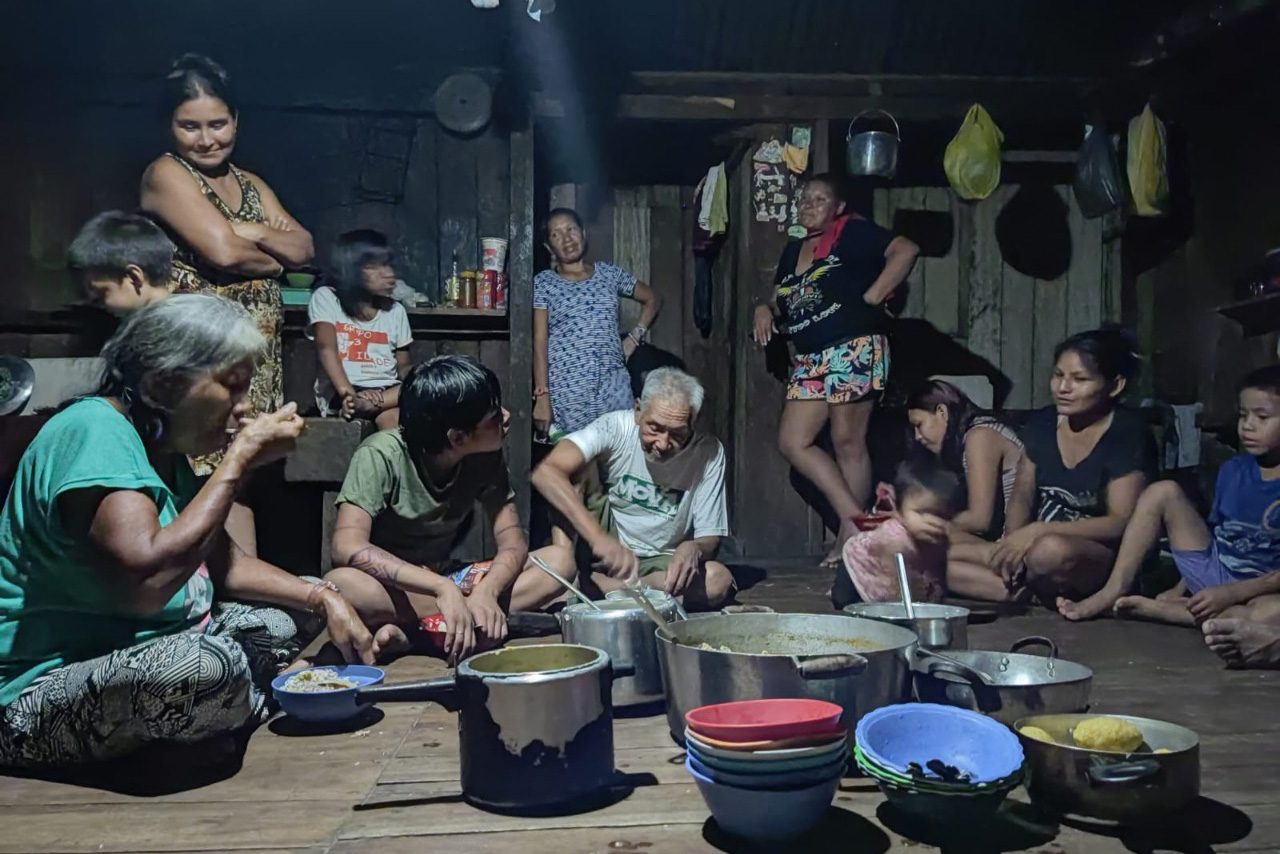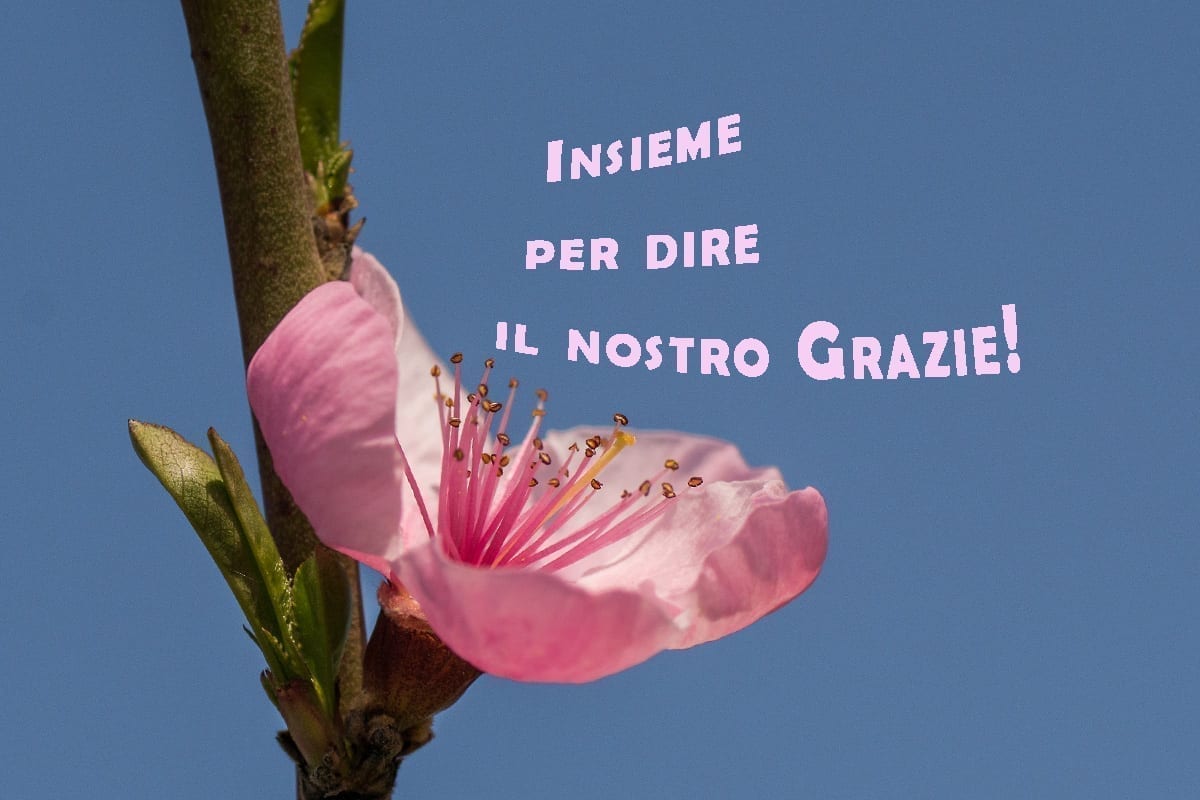Rome (Italy). The Missions Sector of the Institute of the Daughters of Mary Help of Christians collected the testimonies of some missionaries from Latin America, Oceania, the Solomon Islands, and Africa who share how they experience Christmas with their peoples.
From Brazil – Amazon, Our Lady of the Amazon Province (BRM), Sr. Claudia da Costa Matos, FMA, member of the Amazon Itinerant Team, describes the Amazonian Christmas:
“The Word became Índio” – The birthplace of one of the indigenous peoples of the Alto Rio Negro region: The experience of traveling through the Amazon allows us to contemplate the splendor of creation and the incarnation. In these parts, it is Christmas every day in different ways. From dawn to dusk, the Word is incarnated, life flourishes. The festivities begin in October at the Círio de Nazaré, a large demonstration in which more than two million people gather in the streets of Belém, who become like a sea of people, to accompany the tiny image of the Mother of Jesus. It is often said that the candle of Nazaré is the Christmas of the people of Pará. (…) When Advent arrives, families begin to prepare their homes for the arrival of the Child Jesus. In the simplest houses, a nativity scene is set up in a corner of the room, each one in its own way, the pieces, the Bible, a vase of flowers, and the candle are positioned. Catholic families hold Christmas novenas every night in their homes. At the end of the novena, they walk towards the chapel or parish, where Christmas is celebrated with the whole community. After Mass, families usually gather in their homes.
“And the Word became a refugee” – The Christmas of the migrants of the Amazon:
Like Joseph and Mary looking for an inn, many families find themselves in the streets, squares, under bridges, and on the borders. In tarpaulins, tents, on the grass, on cardboard, walking with mattresses, looking for a place to stay, washing themselves and washing clothes and utensils in puddles and on the sidewalks where they find some water. Today there are many families from the Amazon and from other parts of the continent and the world who continue to look for an inn and are persecuted; Venezuelan and Haitian families who are crossing the borders of the Amazon on paths, in search of dignified living conditions.
“And the Word became a slum” – Christmas for the poor in the peripheries of small and large cities:
In the peripheries and in the slums. Yes, in the Amazon there are peripheries and favelas. There are not only rivers, forests, and animals. It is home to the vast majority of indigenous peoples who have been forced to leave their lands or have been expelled from them. Many customs, along with their lands, have been abandoned. There are also people from other regions looking for better living conditions. While life doesn’t get better, people are developing amazing daily survival skills with a lot of creativity and resilience. Every day is a day to be reborn, reinvented, and run after a better condition of life. For many, Santa Claus is the symbol of Christmas. In these peripheries, Christmas is celebrated with food, drink, and loud music. Families usually gather in some house, courtyard or corridor and share what little they have. It’s good to see solidarity. Everyone gets a typical dish to share, plus a drink. And then the party continues: “You know, we are poor, but we are happy”.
“And the Word Became a Forest” – Christmas on the Rubber Plantation:
The Creator wanted to incarnate here, in the forest, with all the biodiversity that it possesses. Here, life is born mysteriously every day, with its singular beauty. We can call it “the manger of biodiversity”. The Christmas of the Child Jesus in the woods is also prepared with the prayer of the novena. All families participate; the manger is prepared with sticks and straw to welcome Jesus. Every night the novena takes place in one family. The families live in the so-called colonies distant from each other, an hour’s walk on average. On Christmas night, all the families gather in the rubber plantation community, where the big feast takes place. During the day, they meet to prepare food, the fruit of sharing to which each family contributes. After the celebration, there is food for everyone, fruit grown and taken from the great forest, where everything speaks of the Creator who became incarnate here, the God who continues to incarnate Himself and make Himself present as life and abundance for the world.
In the Solomon Islands, recounts Sr. Anna Maria Gervasoni of Mary Help of Christians Province (SPR), “Christmas celebration is during the summer holidays. People join their families of origin and as Christmas approaches, the main villages of the islands prepare for the holidays with the Christmas novena and Mass, games and challenges, choirs to occupy children and young people in engaging activities, debates on various topics for adults and… the most eagerly awaited of all… Christmas dinner!
Of course, here too the Christmas dinner is the culmination of the celebration. Everything that can be expected from the culinary imagination and creativity of women takes place on this occasion. Pure tradition and novelty blend to the delight of hearts… and stomachs! And, as per tradition, it is strictly eaten on banana leaves, reclining on the field.
In any village or island, Christmas morning is all about celebration. As people arrive in the main village, greetings are exchanged, they ask each other how they are doing, refreshments are offered, especially for those who come from further afield. We sit down, we share news.
The groups that take care of the celebration get ready, put on the costumes, rehearse the dances, tune the instruments, decorate the gifts, rehearse singing. It’s all a crescendo that leads to the beginning of the Eucharistic celebration, done without haste, taking all the time for prayer, for listening, for joy, for the Mystery. The hours are not counted hours, you don’t look at the clock, you aren’t in a hurry to go home, because that’s where the most important moment is, the meaning of the day, the reason for the feast.
Everyone puts on their beautiful clothing, kept in a well-protected backpack so as not to get wet or dirty, and go to the feast to meet the Holy Child and adore Him. He is one of them, poor, rejected, but surrounded by the love of two parents who protected Him and raised Him with the simplicity of ordinary people.
This is why this celebration is their celebration. In a world that runs and leaves entire populations behind, our people feel closeness and belonging to a God who does not run, who does not surpass, but who bends down and welcomes them as a precious gift.”
Sr. Áurea Arcos Risco belonging to the Community of Koumra Chad, in Chad, Province of St. Mary D. Mazzarello (AEC), says that in the parish the Christmas party begins on December 24 and lasts until the 25. The children spend the night of December 24 in the parish and during the Holy Mass they represent the nativity scene, and then continue the feast throughout the night. In Chad, as in all of Africa, it is a children’s day and, in some localities, it is the children who help parents and adults in general to understand the meaning of the celebration. This is why parents, on this occasion, make sacrifices to be able to buy simple gifts and, if economic possibilities allow it, they buy new clothes for their children.
Christmas, a universal feast, somehow manages to stop the rush and capture everyone’s attention, and above all, it leads every man and woman on earth to measure themselves against the profound meaning of life.



